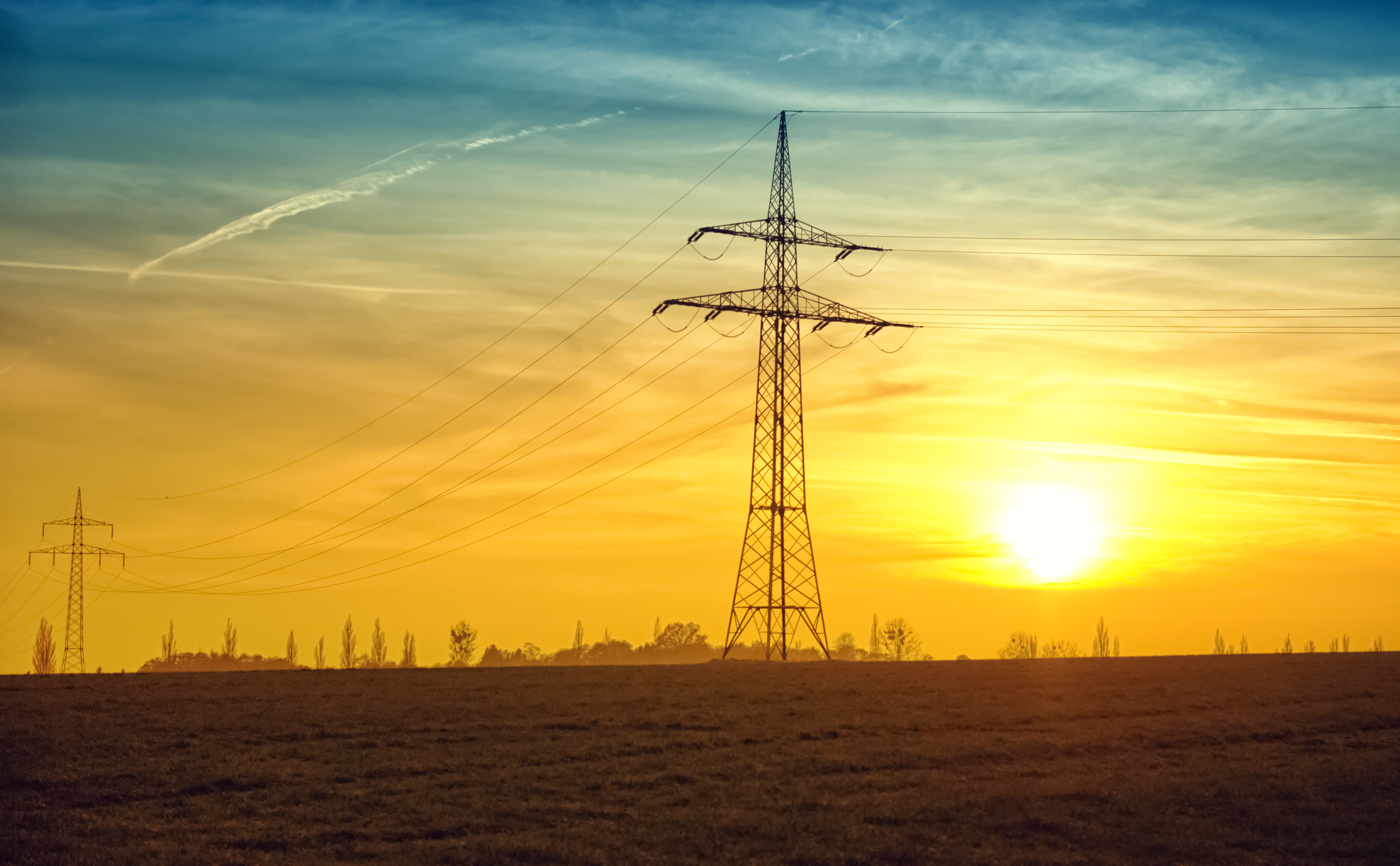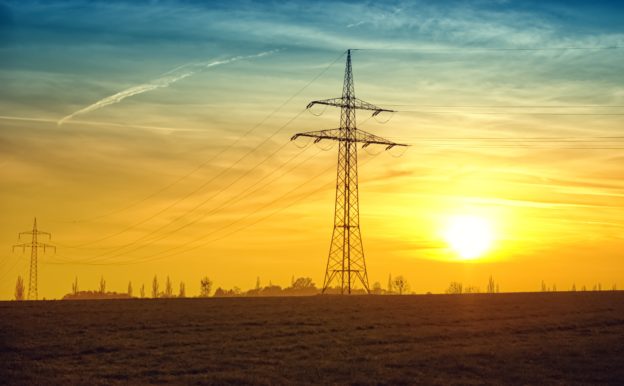The Internet of Things (IoT) is the web of smart devices, vehicles, buildings, and other items implanted with electronics, software, sensors, and network connectivity that enable these devices to gather and share information. As the world grapples with renewable energy, it’s good to note that IoT can benefit power plants. Here’s a look at six ways IoT is energizing power plants.
1. Increased Efficiency
IoT has made power plants fully automated and this has led to a new development: smart grids. A grid includes wires, substations, transformers, and switches among other things and when everything is completely automated, it leads to increased efficiency. We now don’t need to employ people to monitor grids, collect data, and make the necessary changes. We also have smart meters, which are embedded with chips, meaning that there’s no need for people to manage electricity meters. Apart from increased efficiency in data collection, power plants can now respond quickly to outages, malfunctions, and other customer-related issues.
2. Cost Savings
An automated system means human labor is no longer necessary, thus saving money on wages and salaries. In addition, power plants don’t have to send a fleet of vehicles to inspect their installations, thus saving money on vehicle purchase. They also don’t need to spend money on fuel, maintenance, and repairs, insurance and fleet management. Real time data can virtually be obtained, which provides efficiency and time-sensitivity. This allows the power grid to fine-tune usage depending on customers’ real-time needs, which saves resources and conserves efforts. Power plants can now virtually respond in real time to issues, improving customer experience.
3. Improved Performance of Turbines
IoT can also be used to help improve the performance and uptime of turbines in conjunction with engines and compressors that drive them. The availability of power turbines can be improved through remote monitoring. Through innovative sensors, control algorithms, and prognostic condition monitoring, power plants can now monitor and control their so-called smart turbines and ensure they’re working at peak condition and are always available. In fact, customers are seeing the benefits and are now demanding that their power providers ensure their systems are ready to handle an IoT system.
4. Reducing Emissions
General Electric Power uses analytics and optimization offered by IoT to reduce fuel consumption in its coal-powered power plants by 67,000 tons of coal every year while still managing to maintain the same megawatt output. The result is reduced emission of fossil fuel into the environment. Performance and efficiency is also being improved upon by monitoring and analyzing data from over 10,000 sensor inputs, which help plant operators to make better decisions regarding the operation of their power plants. By improving efficiency, GE is able to lower CO2 emissions and save our planet while continuing to provide customers with the same quality of service.
5. Increased Value
Using IoT, power companies are now behaving differently because they are optimized to generate power by responding faster to fluctuating demand. In other words, a power plant can act similarly to a battery, providing power when it’s needed. Instead of running a power plant at a fixed rate, a power plant can generate energy as it is required. By having real time information about energy demands as well as projections of requirements for meeting anticipated demand, a power plant’s output becomes more valuable, which can run into tens of millions of dollars as the years go by. The value of such a company will also increase as time goes by.
6. Reduced Energy Demands
IoT is going to revolutionize how we use energy. It will empower users with practical insights to help them better understand how they consume energy in real time, even up to the level of a small appliance. Personalized recommendations can therefore be provided for each consumer based on the data gathered. We can then reduce the energy usage of idle appliances if we can switch them off remotely, and this is based on data provided by our power company. By doing this, power plants can reduce energy demand, which has a knock-on effect of reducing prices.
As power plants continue to embrace IoT, the future is bright as far as energy demand is concerned. The end result will be better services at cheaper rates. By embracing the Internet of Things, we will also be saving Mother Nature in the process.
DO YOU KNOW WHERE TO START?
It’s not as difficult as you think, when you have the right partner. Download a free brochure NOW! Smart Manufacturing doesn’t have to be complicated.



